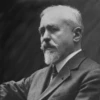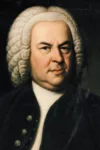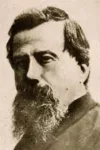Fantasia (1940)
Fantasia (1940)

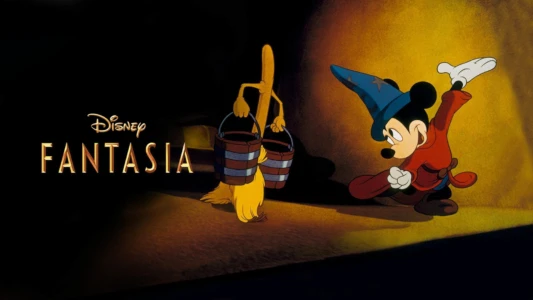
Plot.
Where to Watch.
 Subs
Subs Buy
Buy Buy
Buy Buy
Buy Buy
Buy Buy
Buy Buy
BuyCurrently Fantasia is available for streaming online, rent, buy or watch for free on: Disney Plus, Google Play Movies, Apple TV, Amazon Video, YouTube, Microsoft Store, Fandango At Home
Streaming in:🇺🇸 United States

Cast & Crew.
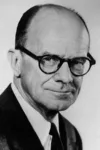
Deems Taylor
Narrator - Narrative Introductions

Walt Disney
Mickey Mouse (segment 'The Sorcerer's Apprentice') (voice) / Producer

Julietta Novis
Soloist (segment 'Ave Maria') (singing voice)

Leopold Stokowski
Self - Conductor of The Philadelphia Orchestra / Conductor

Bill Roberts
Director

Corey Burton
Narrator: Deems Taylor overdubs (2000 restoration)

Paul Satterfield
Director
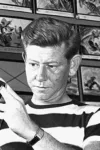
Wilfred Jackson
Director

Ben Sharpsteen
Director / Production Supervisor
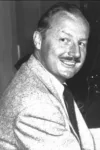
James Algar
Director

Hugh Douglas
Narrator (1982 version)
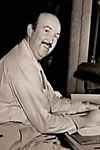
T. Hee
Director

Hamilton Luske
Director

James MacDonald
Percussionist

Samuel Armstrong
Director

Tim Matheson
Narrator (1985 version)

Jim Handley
Director

Norman Ferguson
Director

Don Patterson
Animation

Les Clark
Animation

Paul J. Smith
Violinist
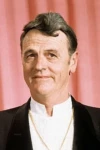
Wolfgang Reitherman
Animation
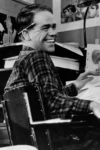
Ward Kimball
Animation

Lee Blair
Writer

Eric Larson
Animation

Frank Thomas
Animation

Elmer Plummer
Writer

John Lounsbery
Animation

David Hand
Director
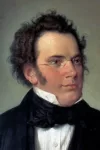
Franz Schubert
Music

Pyotr Tchaikovsky
Music

Igor Stravinsky
Music
Media.































Details.
Release DateNovember 13, 1940
StatusReleased
Running Time2h 4m
Content RatingG
Budget$2,280,000
Box Office$76,411,819
Filming LocationsThe Annette Funicello Stage, United States
Genres
Last updated:
This Movie Is About.
Wiki.
Fantasia is a 1940 American animated musical anthology film produced by Walt Disney Productions, with story direction by Joe Grant and Dick Huemer and production supervision by Walt Disney and Ben Sharpsteen. It consists of eight animated segments set to pieces of classical music conducted by Leopold Stokowski, seven of which are performed by the Philadelphia Orchestra. Music critic and composer Deems Taylor acts as the film's Master of Ceremonies who introduces each segment in live action.
Disney settled on the film's concept in 1938 as work neared completion on The Sorcerer's Apprentice, originally an elaborate Silly Symphony cartoon designed as a comeback role for Mickey Mouse, who had declined in popularity. As production costs surpassed what the short could earn, Disney decided to include it in a feature-length film of multiple segments set to classical pieces with Stokowski and Taylor as collaborators. The soundtrack was recorded using multiple audio channels and reproduced with Fantasound, a pioneering sound system developed by Disney and RCA that made Fantasia the first commercial film shown in stereo and a precursor to surround sound.
Fantasia was first released as a theatrical roadshow that was held in 13 cities across the U.S. between 1940 and 1941 by RKO Radio Pictures; the first began at the Broadway Theatre in New York City on November 13, 1940. While acclaimed by critics, it failed to make a profit owing to World War II's cutting off distribution to the European market, the film's high production costs, and the expense of building Fantasound equipment and leasing theatres for the roadshow presentations. Since 1942, the film has been reissued multiple times by RKO Radio Pictures and Buena Vista Distribution with its original footage and audio being deleted, modified, or restored in each version. When adjusted for inflation, Fantasia is the 23rd highest-grossing film of all time in the U.S.
The Fantasia franchise has grown to include video games, Disneyland attractions, and a live concert series. A sequel, Fantasia 2000, co-produced by Walt's nephew Roy E. Disney, was released in 1999. Fantasia has grown in reputation over the years and is now widely acclaimed as one of the greatest animated films of all time; in 1998, the American Film Institute ranked it as the 58th greatest American film in their 100 Years...100 Movies and the fifth greatest animated film in their 10 Top 10 list. In 1990, Fantasia was selected for preservation in the United States National Film Registry by the Library of Congress as being "culturally, historically, or aesthetically significant."
You May Also Like.
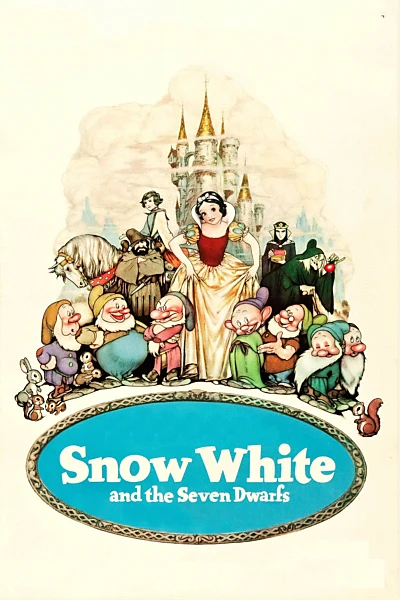
Snow White and the Seven Dwarfs (1938)
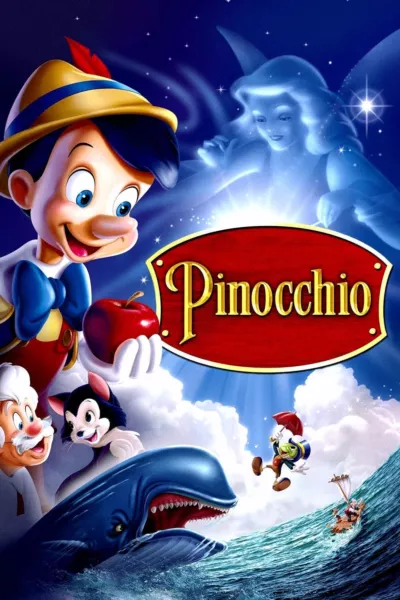
Pinocchio (1940)
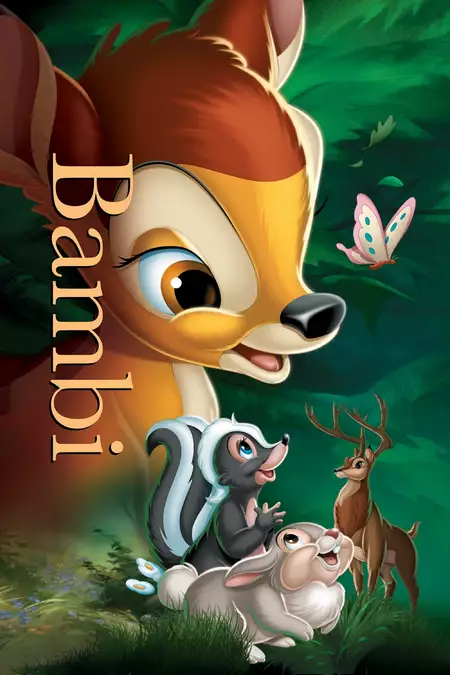
Bambi (1942)
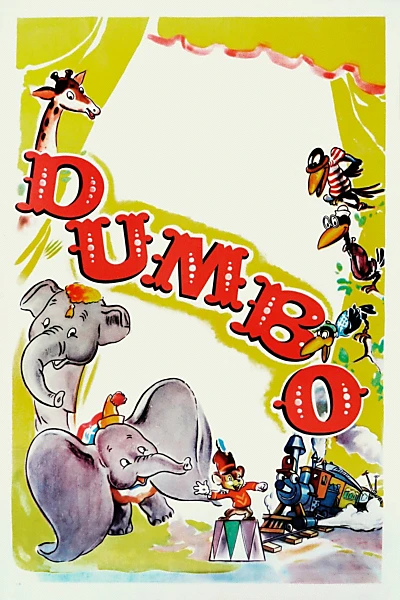
Dumbo (1941)
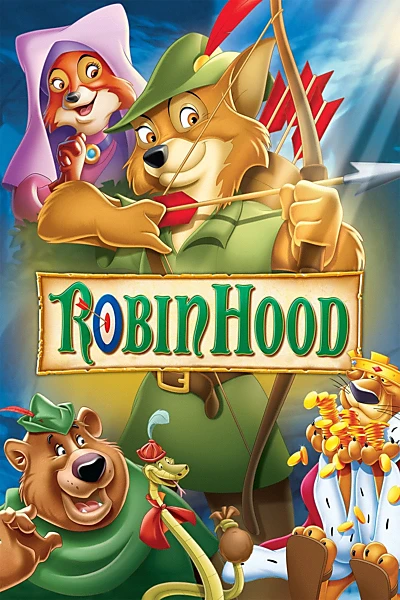
Robin Hood (1973)
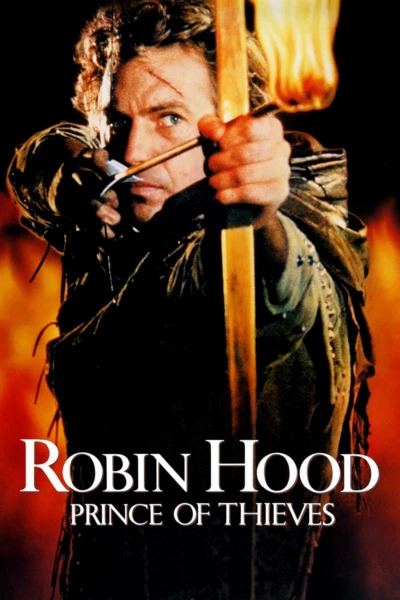
Robin Hood: Prince of Thieves (1991)
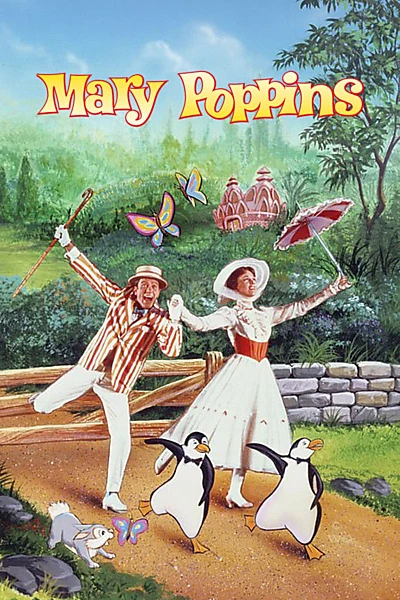
Mary Poppins (1964)
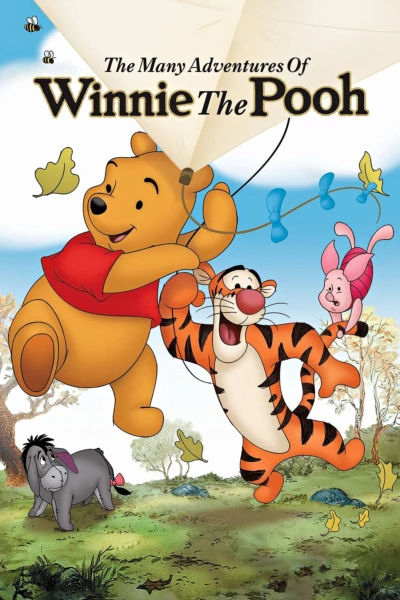
The Many Adventures of Winnie the Pooh (1977)
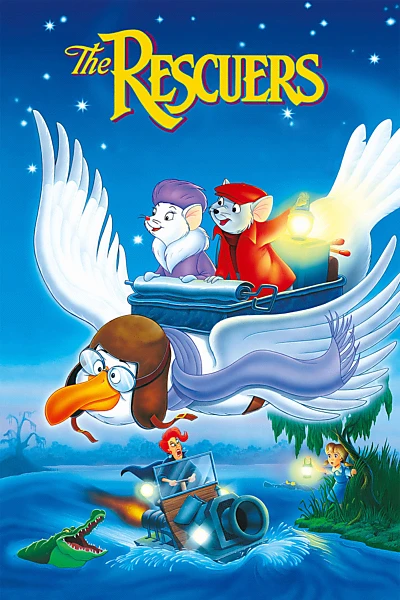
The Rescuers (1977)
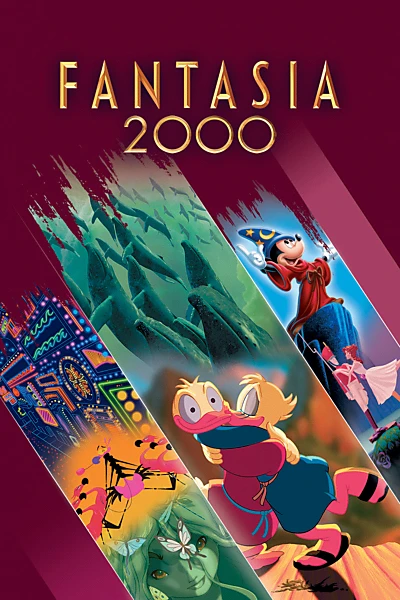
Fantasia 2000 (2000)
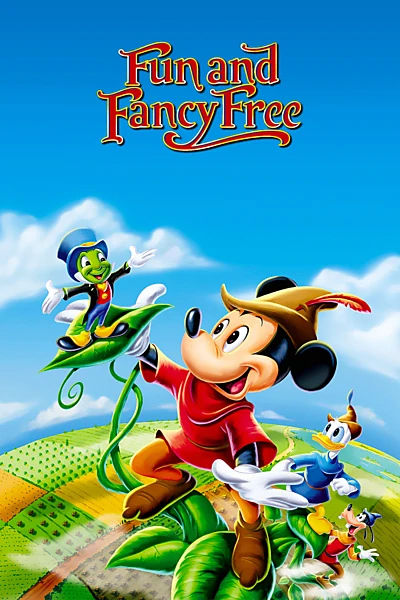
Fun and Fancy Free (1947)
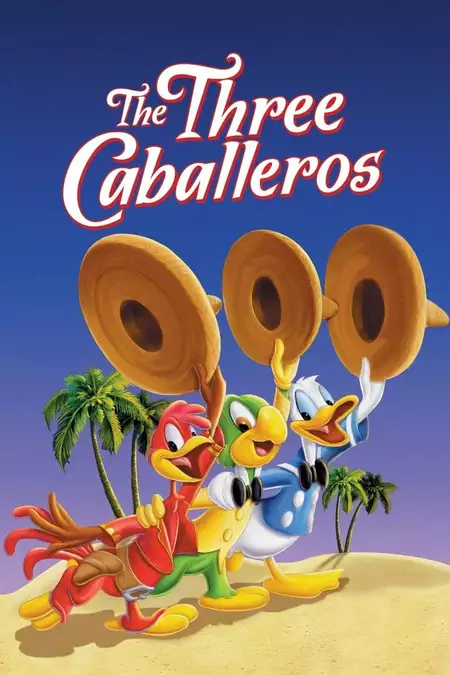
The Three Caballeros (1944)
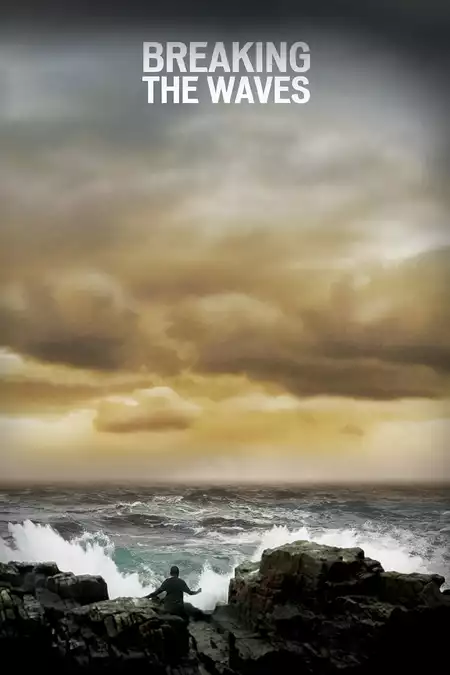
Breaking the Waves (1996)

Johnny Got His Gun (1971)
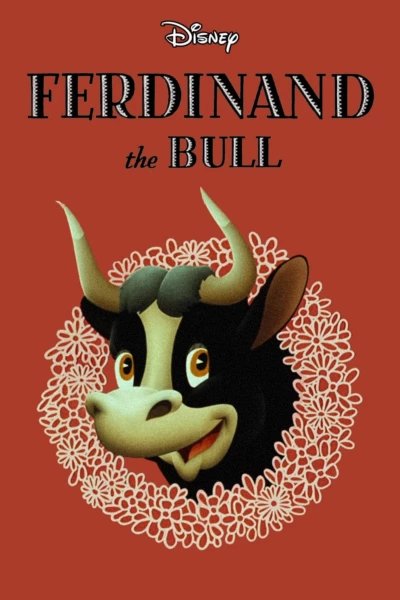
Ferdinand the Bull (1938)
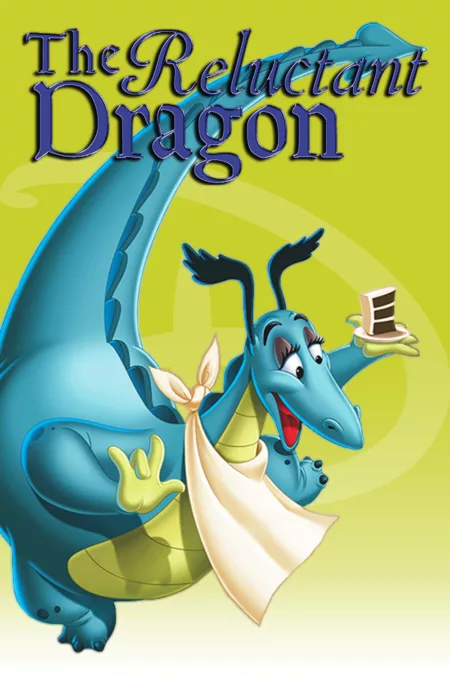
The Reluctant Dragon (1941)
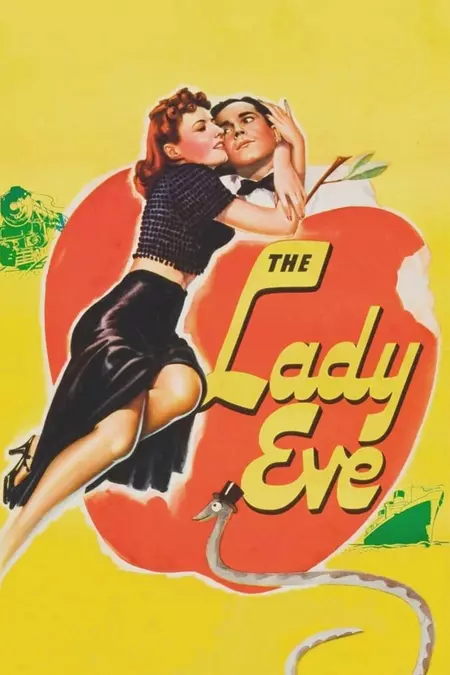
The Lady Eve (1941)
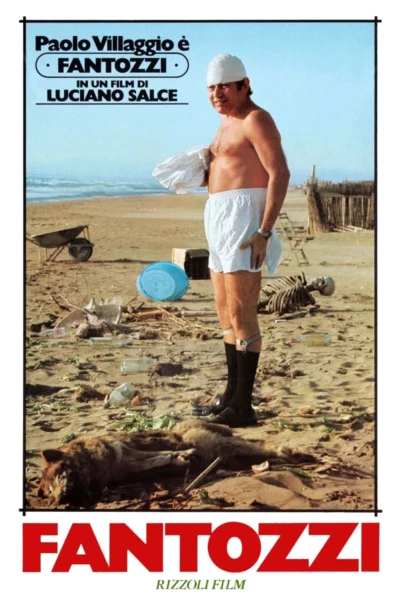
Fantozzi: White Collar Blues (1975)
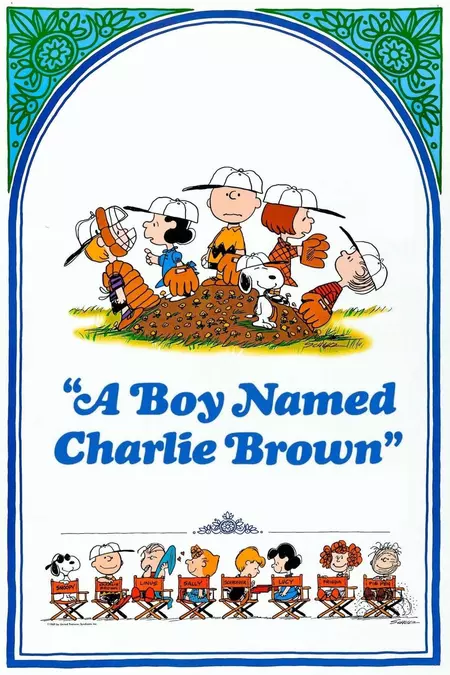
A Boy Named Charlie Brown (1969)



